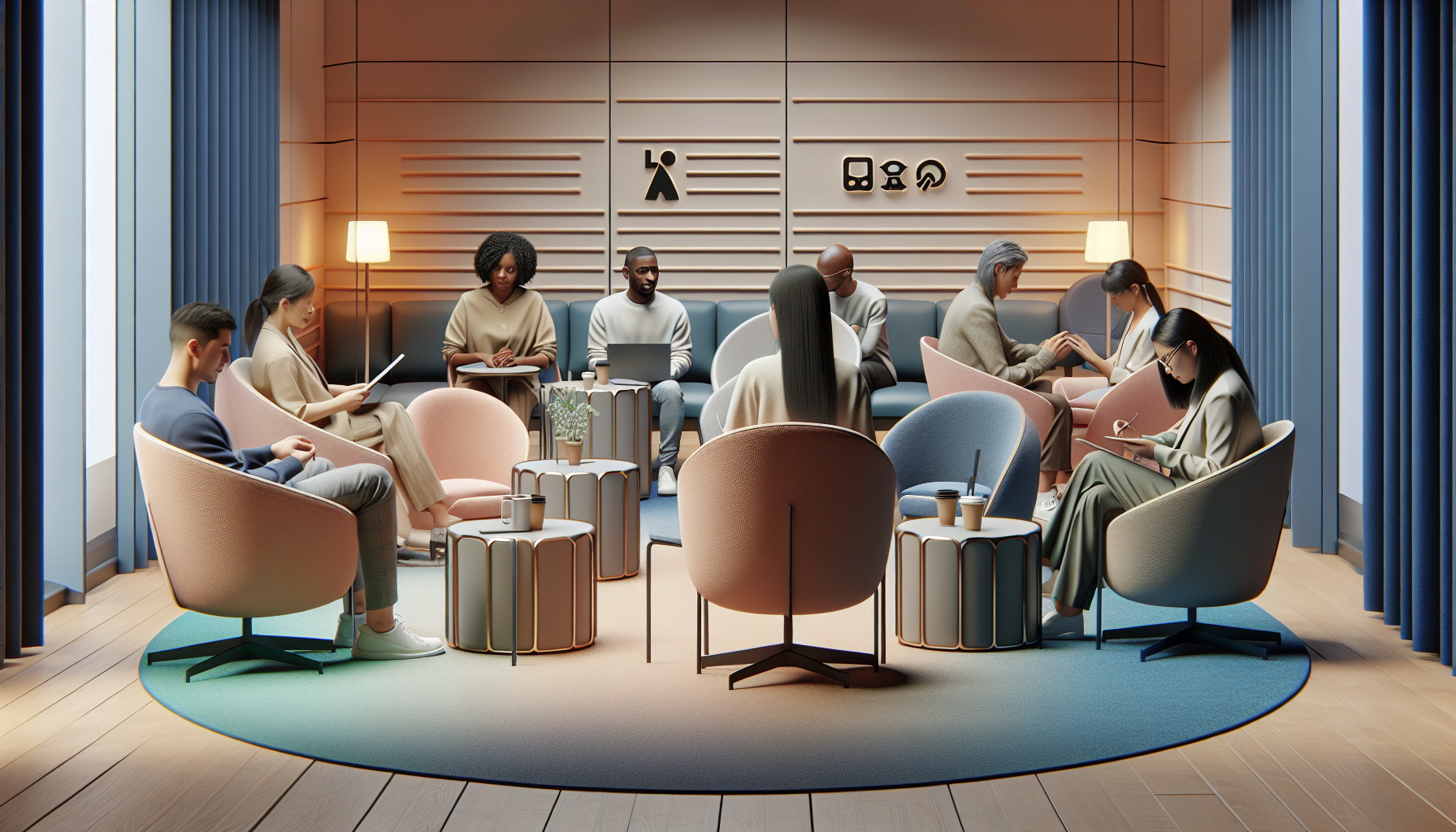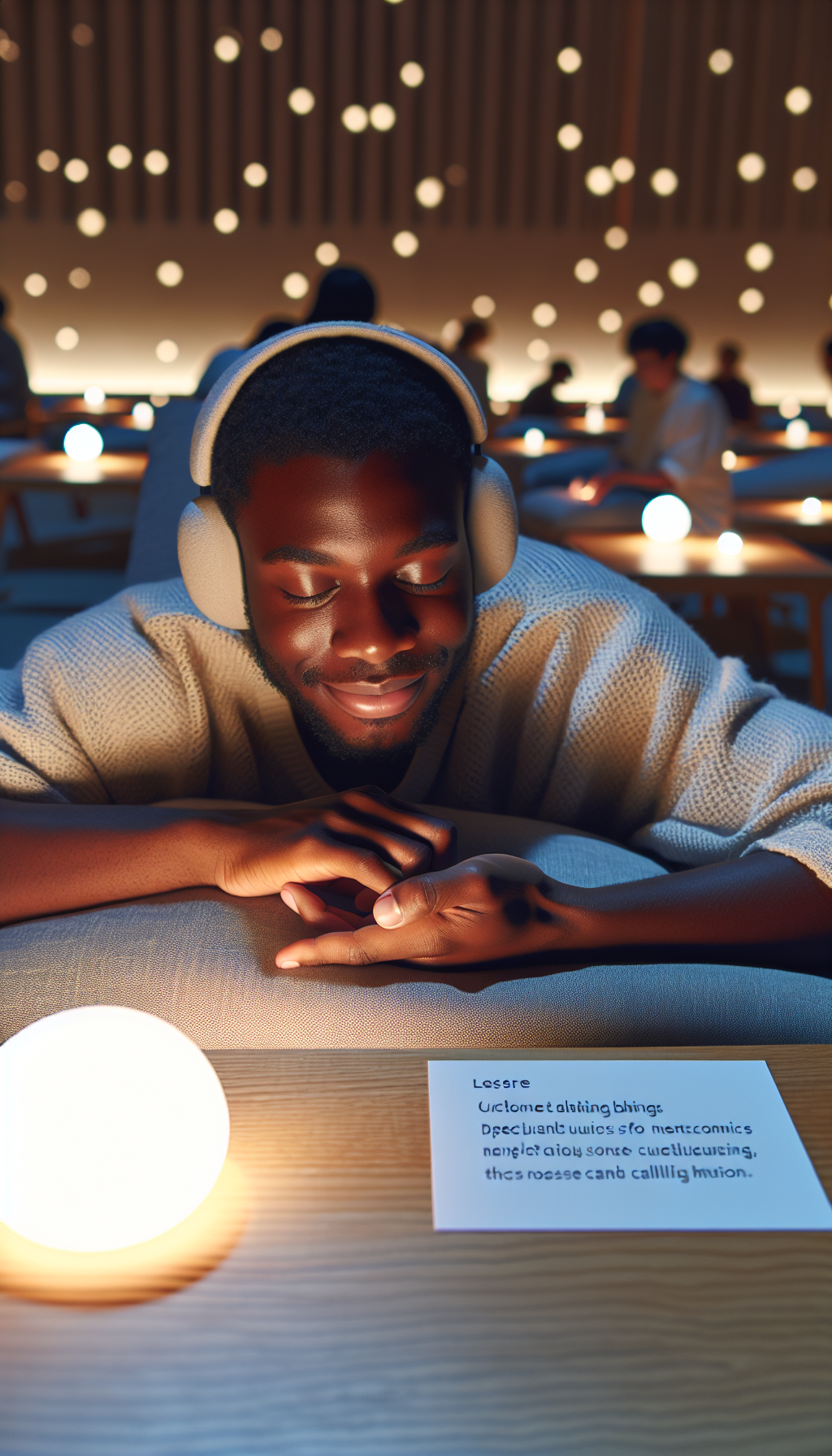In today’s increasingly inclusive world, it’s crucial to acknowledge the diverse needs of all participants when designing events and conferences. Sensory sensitivity can greatly impact an individual’s ability to engage and participate in such environments. This comprehensive guide seeks to provide event planners with the necessary insights and strategies to create sensory-friendly events that cater to the needs of all attendees, including those with sensory processing disorders, autism, ADHD, and other sensory sensitivities.
Understanding Sensory Sensitivities
Sensory sensitivities involve a heightened or reduced response to sensory stimuli in one or more of the seven senses: sight, sound, touch, taste, smell, vestibular (balance), and proprioception (body awareness). Individuals with sensory sensitivities may find certain environments overwhelming or under-stimulating, leading to discomfort or distress. To understand the importance of sensory-friendly environments, it’s helpful to explore how sensory health is a crucial component of overall well-being. For more insights into sensory health, visit Avix Health’s dedicated section on the topic.
Key Strategies for Sensory-Friendly Design
To create an inclusive sensory-friendly event, consider the following strategies:
Assessing the Venue
Select a venue that allows for the creation of various environments catering to different sensory needs. Look for spaces with adjustable lighting, soundproofing options, and flexible seating arrangements.
Creating Quiet Zones
Designate quiet areas where attendees can retreat to decompress. These spaces should be away from the hustle and bustle of the event and equipped with comfortable seating and calming stimuli.
Offering Sensory Tools
Provide tools such as noise-canceling headphones, fidget toys, or weighted blankets that can help individuals manage sensory input during the event.
Implementing a Clear Layout and Signage
Ensure that the event space has a clear and predictable layout with signage that is easy to understand. This helps reduce anxiety and confusion for attendees navigating the space.
Training Staff and Volunteers
Educate staff and volunteers on the importance of sensory-friendly practices and how to assist attendees with sensory sensitivities appropriately.
Incorporating Sensory Considerations in Event Planning
When planning an event, it’s essential to integrate sensory-friendly considerations into every aspect, including:
-
Registration and Communication: Provide detailed information about the sensory-friendly features of the event in advance. This can include maps of quiet zones, schedules highlighting sensory-friendly sessions, and descriptions of available sensory tools.
-
Programming and Scheduling: Offer a range of activities with varying levels of sensory engagement. Schedule breaks to allow attendees to rest and reset between sessions.
-
Food and Beverages: Choose menu options that consider common dietary restrictions and provide a variety of textures and flavors to accommodate different sensory preferences.
-
Engagement and Participation: Encourage presenters to use multisensory approaches in their presentations and facilitate participation in a way that respects individual sensory needs.
Real-World Examples and Success Stories
To demonstrate the effectiveness of sensory-friendly events, it’s helpful to look at success stories. For instance, conferences that have incorporated sensory-friendly spaces and practices report increased satisfaction among attendees with sensory sensitivities. You can read more about these experiences in the article on Sensory Integration Therapy Success Stories.
Additionally, consider the Impact of Sensory Health on Social Interactions to gain a deeper understanding of how sensory-friendly environments can facilitate better social engagement for individuals with sensory health challenges.
Supporting Research and Resources
To further support the need for sensory-friendly event design, here are some niche and specific resources:
- The Sensory Processing Disorder Foundation provides research and education on sensory processing disorder.
- Autism Speaks offers a toolkit for organizing sensory-friendly events, specifically tailored to the needs of individuals with autism.
- The American Occupational Therapy Association highlights the role of occupational therapists in creating sensory-friendly environments.
Sensory-Friendly Innovations and Technologies
Event planners can also leverage technology to enhance the sensory friendliness of events. The use of apps that allow attendees to personalize their event experience or provide real-time updates about sensory-friendly spaces can be particularly beneficial. To explore the latest in sensory-friendly technology, check out the article on Sensory Friendly Products and Innovations.
Final Thoughts and Best Practices
Designing sensory-friendly events and conferences requires a thoughtful and informed approach. By considering the sensory needs of all participants, event planners can create inclusive and engaging experiences that are welcoming to everyone.
Remember to:
- Engage with the sensory health community for input and feedback.
- Continuously evaluate and improve sensory-friendly features.
- Foster an environment of acceptance and understanding.
Conclusion
Creating sensory-friendly events and conferences not only enhances the experience for individuals with sensory sensitivities but also promotes a culture of inclusivity and accessibility. By adopting the strategies outlined in this guide, event planners can ensure that all attendees are able to participate fully and comfortably, leading to the overall success of the event.
By embracing diversity and prioritizing sensory health, we can create event spaces where innovation thrives, connections are made, and every individual is valued.



